Knitting is one of the most satisfying and creative hobbies that you can pick up. It’s a timeless craft that allows you to create anything from cozy scarves to intricate sweaters, while also providing a relaxing and meditative outlet. Whether you're just starting out or looking to enhance your skills, this guide will provide all the essential information you need. We’ll break down the different types of stitches, tools required, and tips for mastering more complex patterns. Prepare to dive into the world of knitting, where creativity knows no bounds.
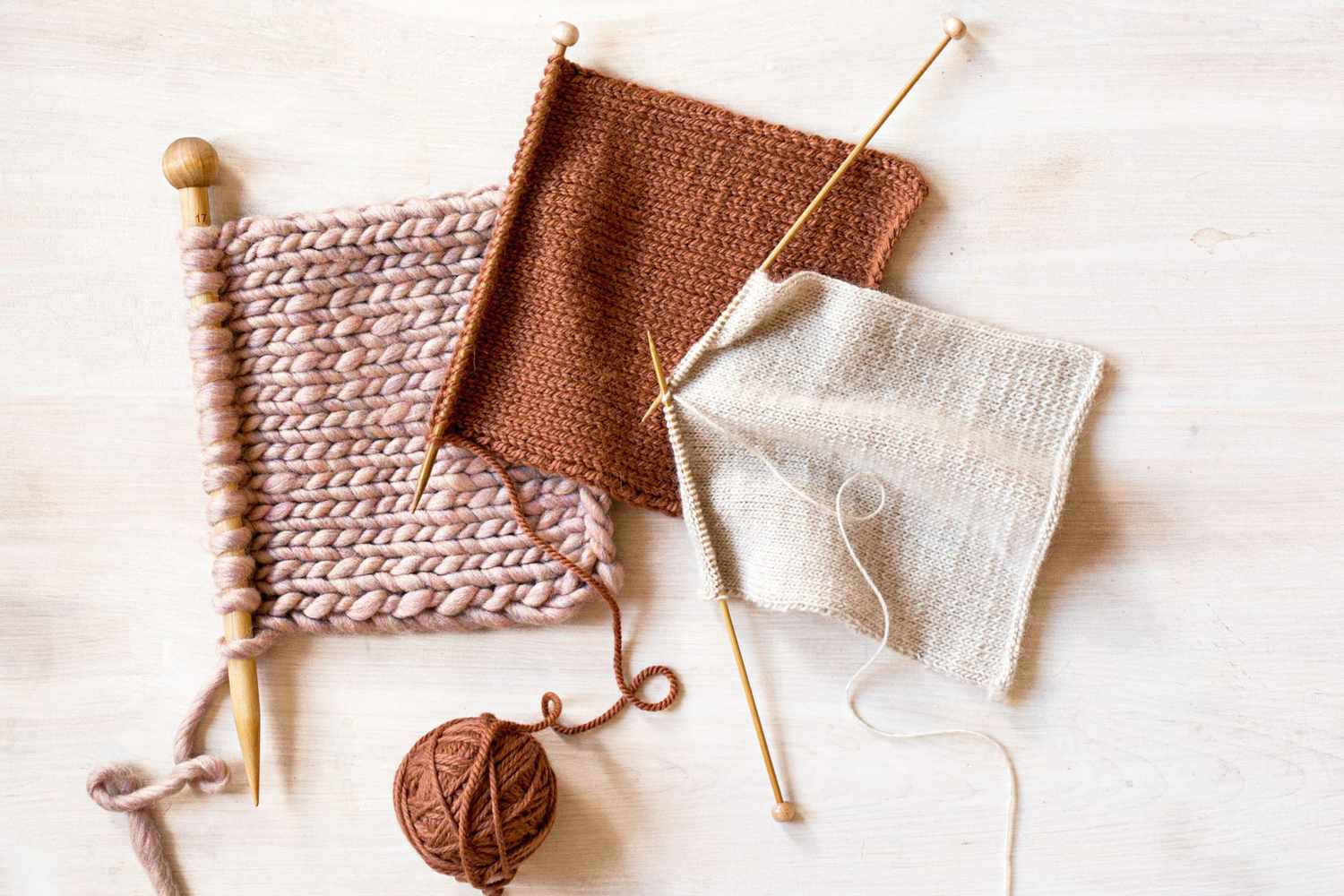
1. Knitting Needles: The foundation of any knitting project is your needles. Knitting needles come in various sizes, materials, and styles such as straight, circular, and double-pointed. Beginners usually start with straight needles made from bamboo or plastic as they are lightweight and easy to handle. The size of the needle affects the tension of your project—larger needles create looser stitches, while smaller ones produce tighter stitches. Circular needles are great for larger projects like blankets or garments.
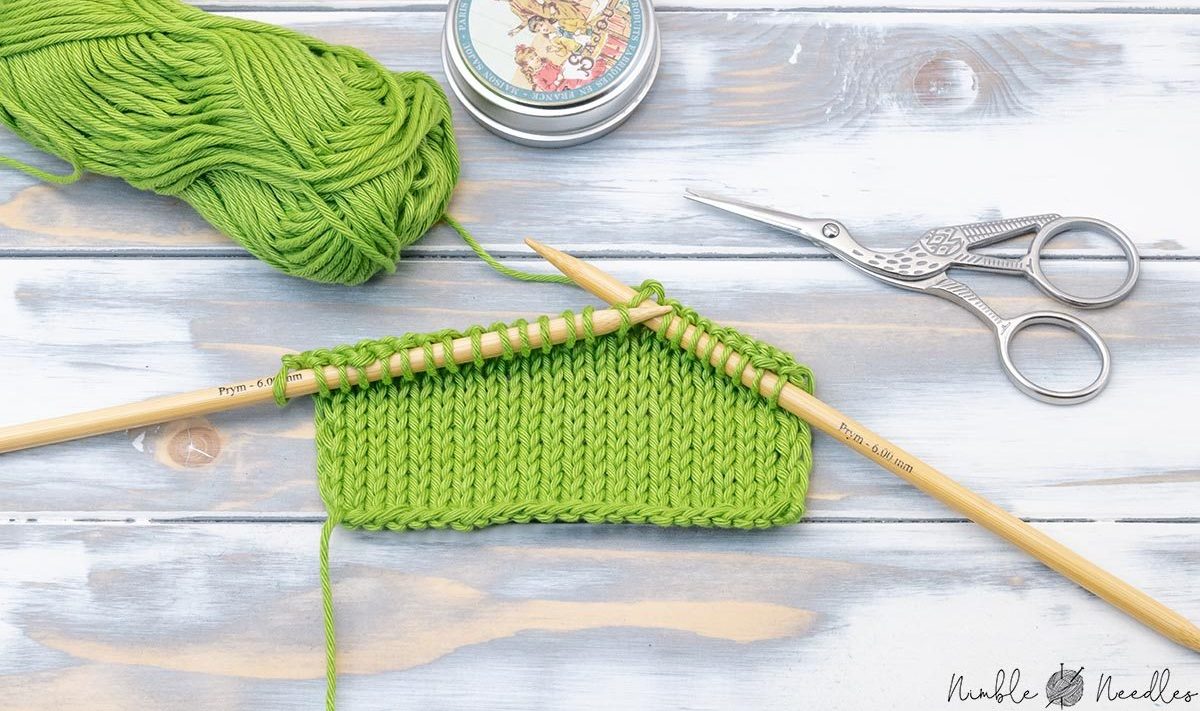
2. Yarn Selection: Choosing the right yarn is crucial for the outcome of your knitting project. Yarn comes in different fibers, from wool and cotton to acrylic and alpaca. Wool is a popular choice for beginners because it's flexible and easy to work with. Yarn weight also matters: heavier yarns are ideal for blankets and scarves, while lighter yarns are better for delicate garments like baby clothes. Always ensure the yarn weight matches your pattern's specifications for the best results.
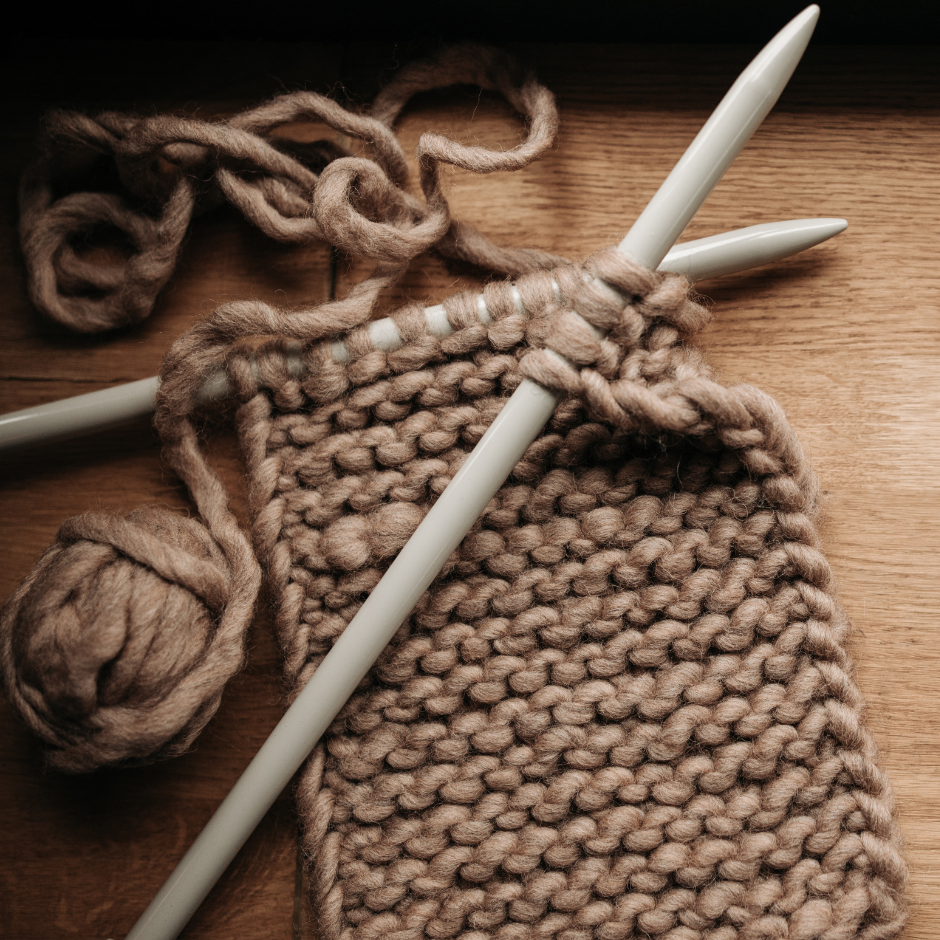
3. Basic Knitting Stitches: There are two fundamental stitches that every knitter needs to know: the knit stitch and the purl stitch. Combining these stitches will allow you to create various patterns, including the popular stockinette stitch (alternating rows of knit and purl) and ribbing (alternating knit and purl stitches within the same row). Mastering these stitches is key to expanding your knitting repertoire and tackling more intricate designs.
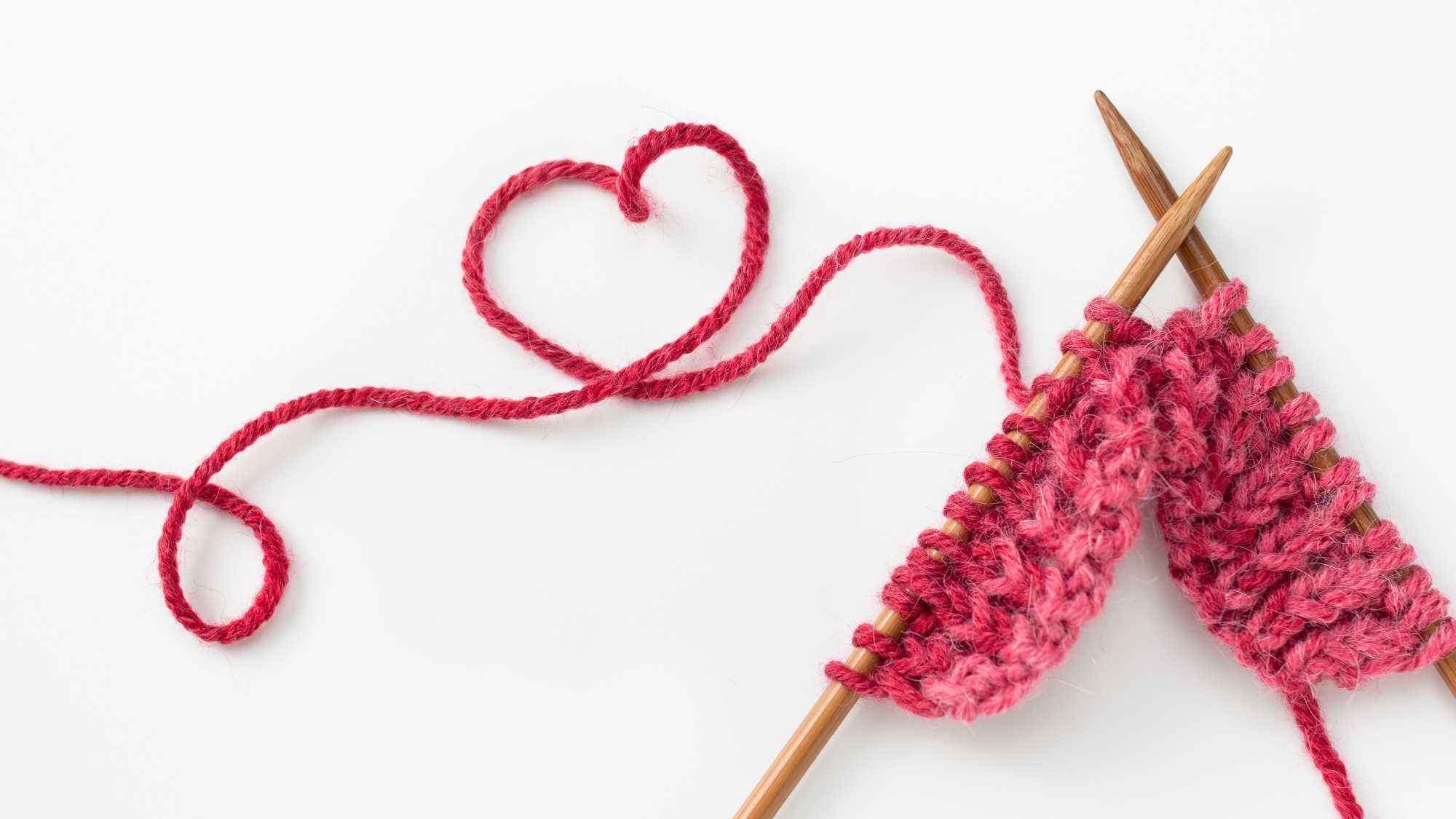
4. Patterns and Projects: Once you’re comfortable with basic stitches, you can start exploring knitting patterns. From simple dishcloths to intricate lace shawls, patterns guide you through the creation of different projects. They also introduce advanced techniques like cables, bobbles, and colorwork. For beginners, start with patterns labeled "easy" or "beginner-friendly," which often include basic shapes and fewer intricate details.
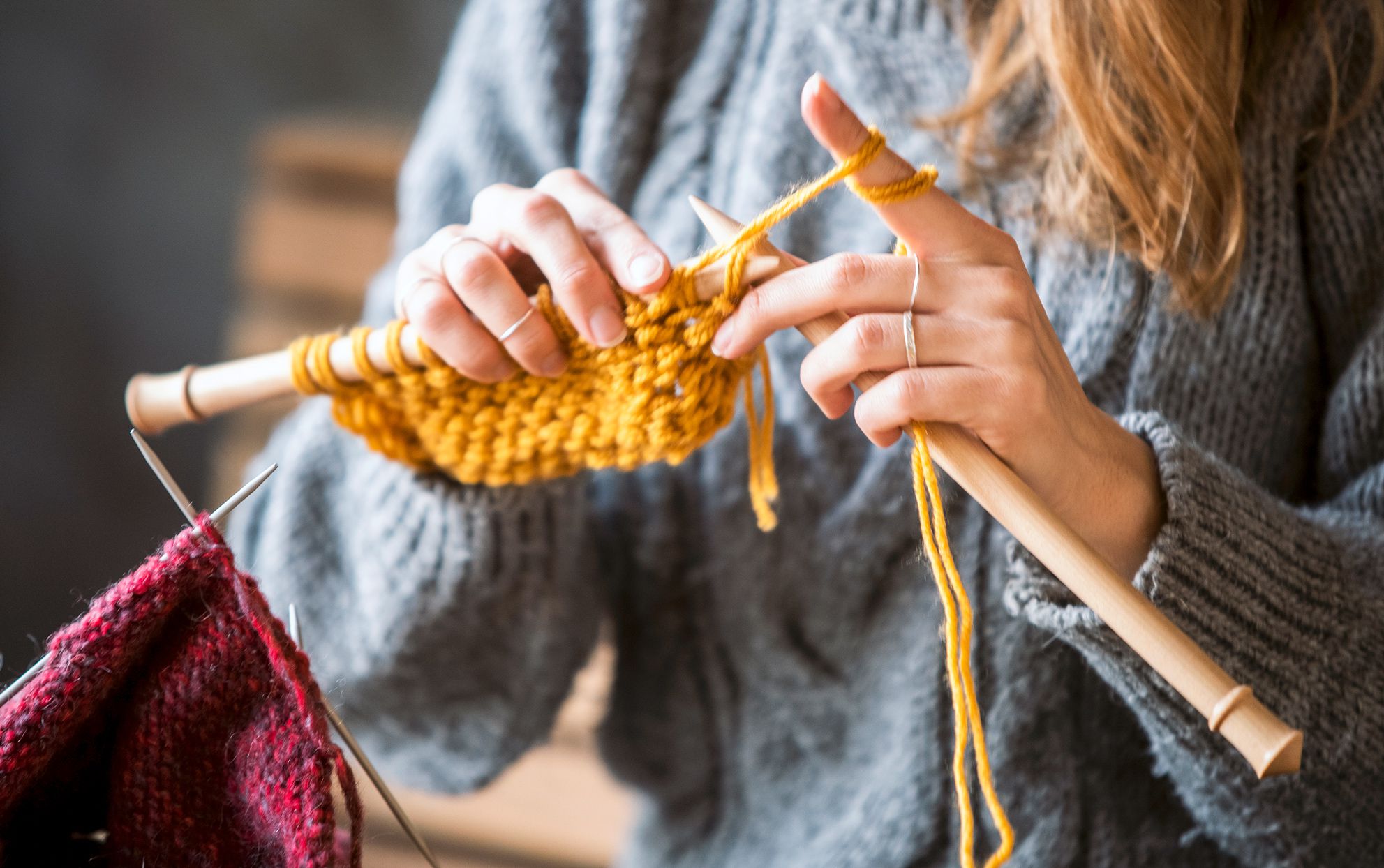
5. Reading Knitting Charts: Understanding knitting charts is an essential skill as you progress. These charts visually represent the pattern you're knitting, often making complex designs easier to follow. Each square on the chart corresponds to a stitch, and the symbols indicate whether to knit, purl, or perform another technique. Reading from the bottom up, left to right, or right to left (depending on the row) can be tricky at first, but it becomes intuitive with practice.
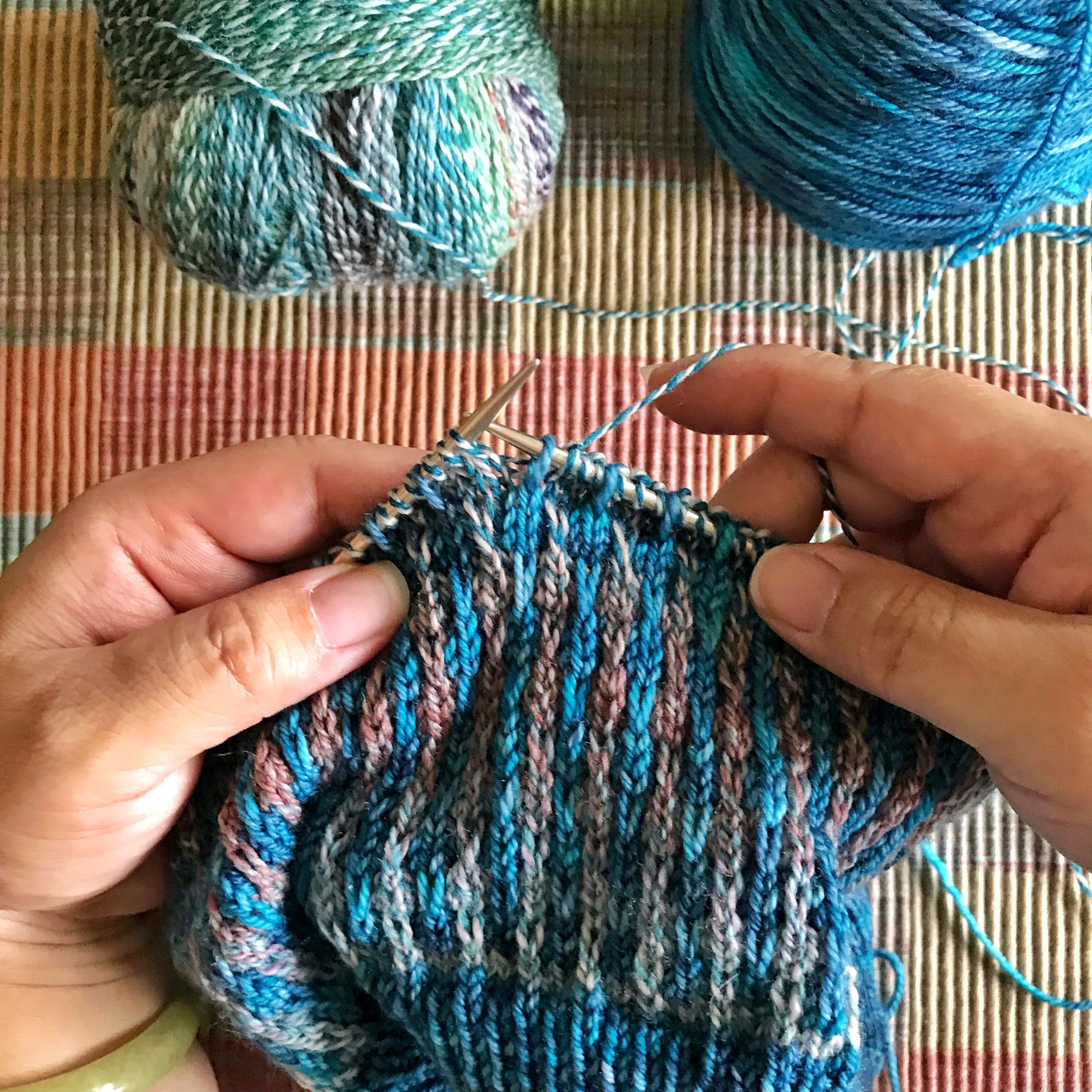
6. Common Mistakes and Fixes: Making mistakes is part of the learning process, but knowing how to fix them will save you time and frustration. Common errors include dropping a stitch or adding an extra one. Fortunately, these can often be corrected without having to start over. For instance, dropped stitches can be easily fixed using a crochet hook to pull the loop back up to your current row. Learning to recognize and fix mistakes is an important skill for any knitter.
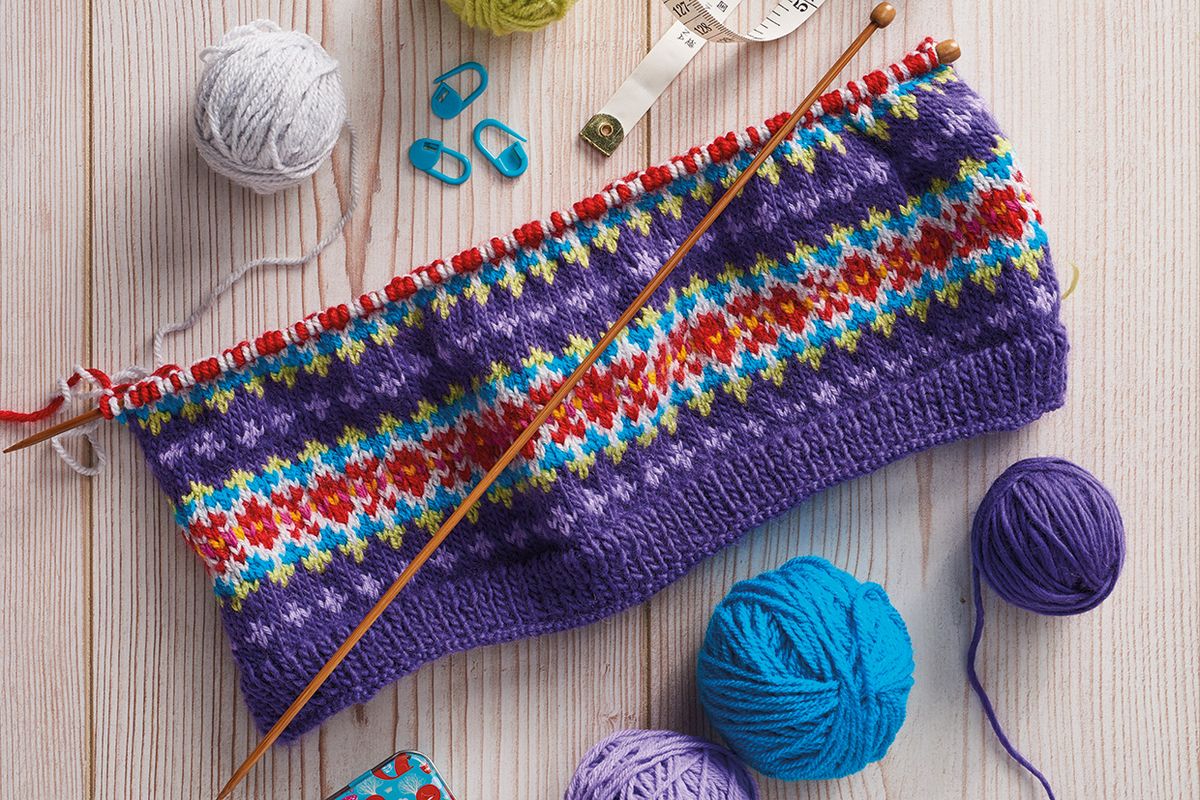
7. Advanced Techniques: Once you're confident with basic patterns, you can explore advanced knitting techniques like lacework, intarsia (knitting with multiple colors), and cabling. Lace knitting creates openwork patterns with intricate designs, while cabling involves twisting stitches to create rope-like effects. These techniques add texture and visual interest to your projects, allowing you to create stunning, professional-looking pieces.
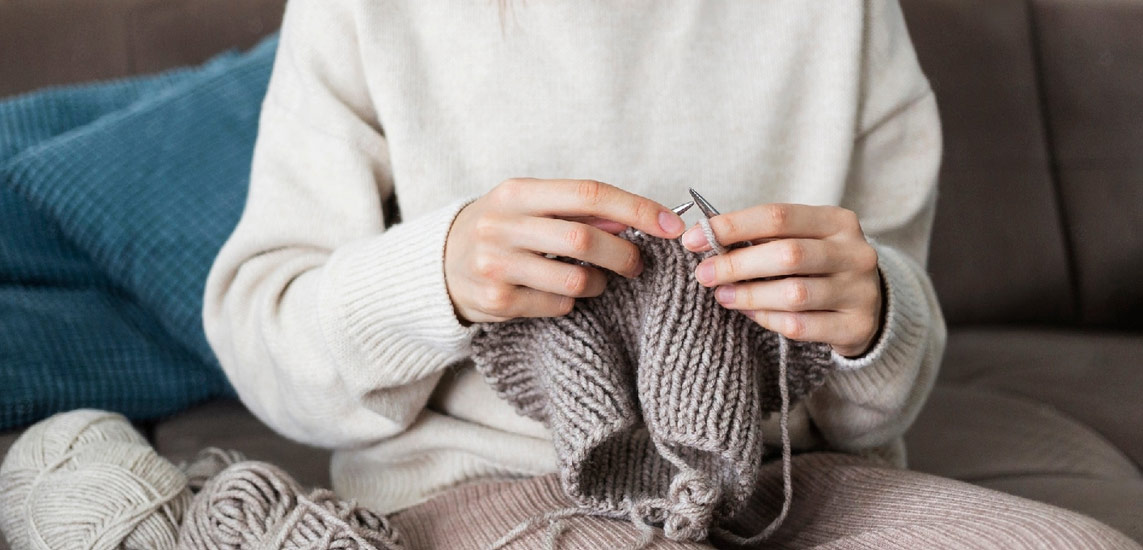
8. Benefits of Knitting: Aside from the joy of creating beautiful, functional items, knitting offers many mental health benefits. It’s a relaxing, meditative practice that can reduce stress, enhance focus, and improve hand-eye coordination. Knitting in social settings or groups also provides a sense of community, connecting people through a shared passion. It’s no wonder knitting has seen a resurgence in recent years!
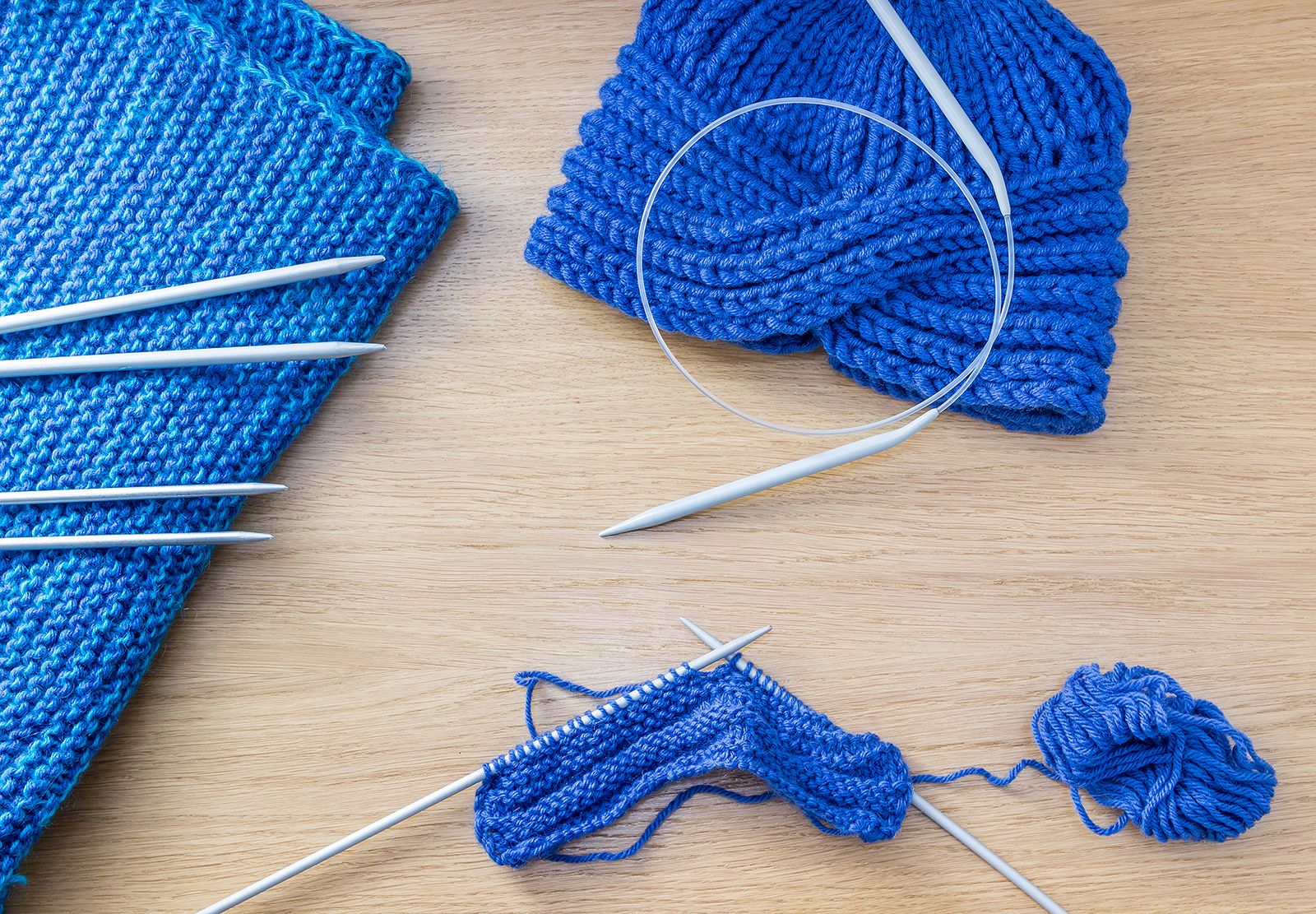
9. Knitting Tips for Beginners: As you start your knitting journey, here are a few tips to keep in mind: always read your pattern carefully before beginning, practice your tension by knitting swatches, and don’t be afraid to experiment with different yarns and needles. Patience is key—mistakes will happen, but every project is an opportunity to improve.




